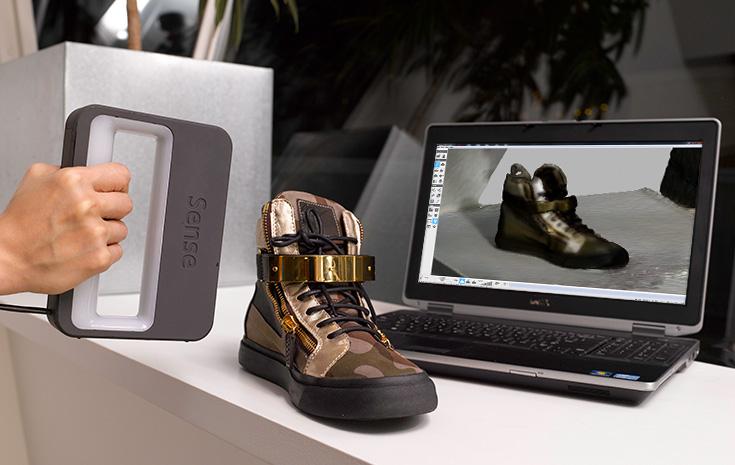by Aaron
Finally finished the butcher block style table made from 2x4's and glue. I jointed and planned a pile of 2x4's together at hack.rva, then glued them using every clamp I could find in the workshop.
Tried making my own hairpin legs with rebar, but didn't have much luck. So Matt ended up making me some. The extra table on top was a result of making the original too long, so I loped off the end and made a second smaller table.
The cat feels that he helped, so now lives on top of this. Not sure I'll ever actually get to use it.
Sunday, January 3, 2016
Bandsaw thy Box
by Aaron
We have a box problem - we can't seem to stop making them. Michael has taught many others to make these sweet boxes using the bandsaw (thus the name "Bandsaw Box" (google it - they're everywhere). Here's a link to the full project. Let's not even get started on "flocking the box".
Printer Stand from Scratch
by Aaron
This was a pile of wood. Now it's a custom-built printer stand and printer accessories wonder furniture. Being able to build things exactly the size and way you want them is a common reason for being a maker. Epitome of thus. Go here for complete build explanation.
This was a pile of wood. Now it's a custom-built printer stand and printer accessories wonder furniture. Being able to build things exactly the size and way you want them is a common reason for being a maker. Epitome of thus. Go here for complete build explanation.
Friday, January 1, 2016
Scanning with 3D Systems
by Aaron
Neal and I were visited by teacher and STEAM advocate Jeff to show us a some 3D scanning technology from 3D systems. We scanned the frame Neal's electric motorcycle project and the head of the good looking chap above as well as various items and people within reach.
With the motorcycle frame, the digital model is being used to create mounting plates with proper offsets for the motor. There's just not enough clearance with the shaft length to get the sprocket inline, so an intermediate gear will be used to transition between the motor and the wheel. Getting all the correct measurements within the irregular shape of the frame can be a challenge using traditional measuring, thus the scan.
Jeff also talked about how they use the 3D Systems "Sense" scanner to teach in classrooms. Metrology, or the science of measurement, is a common method. Students take models and measure them - then extrapolate that information to fractions and other fundamental math concept goodies. He also touched on the 3D Systems modeling tools they use such as Geomagic Freeform and Cubify Invent. As a side note, he also showed us Microsoft's Kodu (which I seem to be the last person in the world to know about), a very clickable game making software for youth that was a lot of fun.

Neal and I were visited by teacher and STEAM advocate Jeff to show us a some 3D scanning technology from 3D systems. We scanned the frame Neal's electric motorcycle project and the head of the good looking chap above as well as various items and people within reach.
With the motorcycle frame, the digital model is being used to create mounting plates with proper offsets for the motor. There's just not enough clearance with the shaft length to get the sprocket inline, so an intermediate gear will be used to transition between the motor and the wheel. Getting all the correct measurements within the irregular shape of the frame can be a challenge using traditional measuring, thus the scan.
Jeff also talked about how they use the 3D Systems "Sense" scanner to teach in classrooms. Metrology, or the science of measurement, is a common method. Students take models and measure them - then extrapolate that information to fractions and other fundamental math concept goodies. He also touched on the 3D Systems modeling tools they use such as Geomagic Freeform and Cubify Invent. As a side note, he also showed us Microsoft's Kodu (which I seem to be the last person in the world to know about), a very clickable game making software for youth that was a lot of fun.

Subscribe to:
Posts (Atom)






